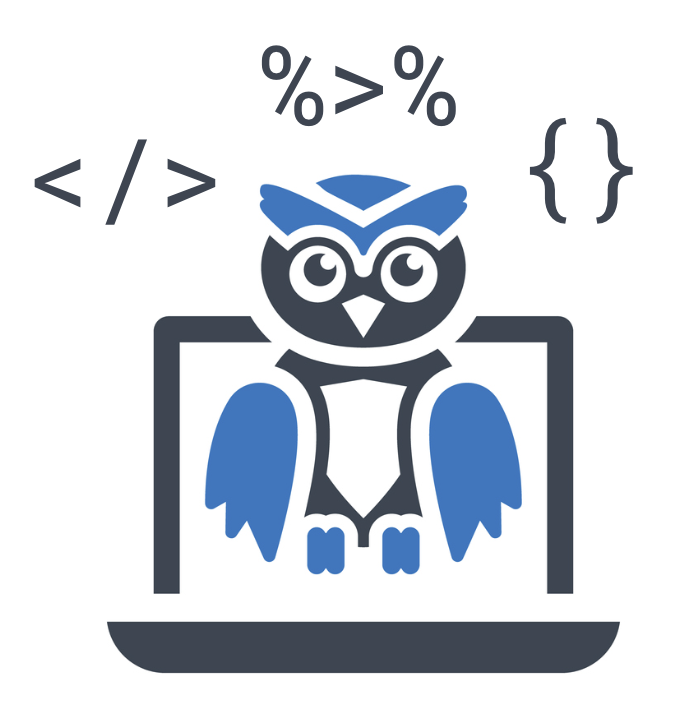Multi-turn chat completions with GPT
Working with the OpenAI API

James Chapman
Curriculum Manager, DataCamp
Chat completions for single-turn tasks
response = client.chat.completions.create(
model="gpt-4o-mini",
messages=[{"role": "system",
"content": "You are a data science tutor."},
{"role": "user",
"content": "What is the difference between mutable and immutable objects?"}]
)
- System: controls assistant's behavior
- User: instruct the assistant
- Assistant: response to user instruction
Providing examples
- Steer model in the right direction
- Nothing surfaced to the end-user
- Example: Data Science Tutor Application
- Provide examples of data science questions and answers

Providing examples
response = client.chat.completions.create( model="gpt-4o-mini", messages=[{"role": "system", "content": "You are a data science tutor who speaks concisely."},{"role": "user", "content": "How do you define a Python list?"},{"role": "assistant", "content": "Lists are defined by enclosing a comma-separated sequence of objects inside square brackets [ ]."},{"role": "user", "content": "What is the difference between mutable and immutable objects?"}] )
The response
print(response.choices[0].message.content)
Mutable objects are objects whose values can change after they are created. Examples of
mutable objects in Python include lists, sets and dictionaries. Immutable objects are
objects whose values cannot change after they are created. Examples of immutable objects
in Python include strings, numbers and tuples.
Storing responses
- Create conversation history
- Create back-and-forth conversations

Building a conversation

Building a conversation

Building a conversation

Building a conversation

Building a conversation

Coding a conversation
messages = [{"role": "system", "content": "You are a data science tutor who provides short, simple explanations."}]user_qs = ["Why is Python so popular?", "Summarize this in one sentence."]for q in user_qs:print("User: ", q)user_dict = {"role": "user", "content": q} messages.append(user_dict)response = client.chat.completions.create( model="gpt-4o-mini", messages=messages )assistant_dict = {"role": "assistant", "content": response.choices[0].message.content} messages.append(assistant_dict)print("Assistant: ", response.choices[0].message.content, "\n")
Conversation with an AI
User: Why is Python so popular?
Assistant: Python is popular for many reasons, including its simplicity,
versatility, and wide range of available libraries. It has a relatively
easy-to-learn syntax that makes it accessible to beginners and experts alike. It
can be used for a variety of tasks, such as data analysis, web development,
scientific computing, and machine learning. Additionally, Python has an active
community of developers who contribute to its development and share their
knowledge through online resources and forums.
User: Summarize this in one sentence.
Assistant: Python is popular due to its simplicity, versatility, wide range of
libraries, and active community of developers.
Let's practice!
Working with the OpenAI API

